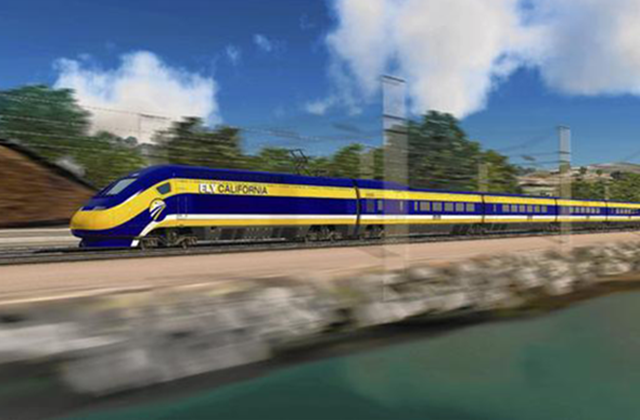Could Japan’s most beloved means of transportation make its way overseas?
East Japan Railway hopes so, as it recently put in a bid to help construct California’s high-speed rail route from San Francisco to Los Angeles.
In a usual six-hour, 520-mile (836 km) drive, California’s high-speed rail hopes to reduce the time from Northern to Southern California to under three hours at speeds of over 200 miles per hour (320 km/hr) by 2029.
Fitting for Japan, in more than one way, since the Shinkansen runs at maximum speeds of 220 mph (350 km/hr) within earthquake-prone territory, a common concern in California.
Plans for the route have been in the works since 2008, when the state measure first passed, but controversy and budget issues have surrounded the estimated 68 billion USD project ever since.
However, with plans seeming to look back on track (no pun intended), the bid for a supplier is now in progress.
Satoshi Seino, chairman of JR East, delivered a speech in Washington on September 5, addressing their intent to bid for the project.
On Japan California High Speed Rail Consortium’s site, which promotes the effort, it highlights Japan’s 50-year experience of safety in earthquake territory: “On the JR East Shinkansen, seismometers are installed at many locations. When these seismometers detect preliminary tremors (P wave), which arrive ahead of an earthquake’s principal motions (S wave), they transmit signals to stop the trains automatically. When the massive 9.0 earthquake struck eastern Japan on March 11, 2011, 27 Shinkansen trains were operating. However, not a single Shinkansen was derailed, thanks to seismic reinforcement of viaduct columns and the Early Earthquake Detection System.”
Stiff competition will come from German, Chinese and French companies, who are also expected to put in a bid for the project. The decision will be made by the first half of 2015.
Image: California High-Speed Rail
Updated On July 25, 2017








